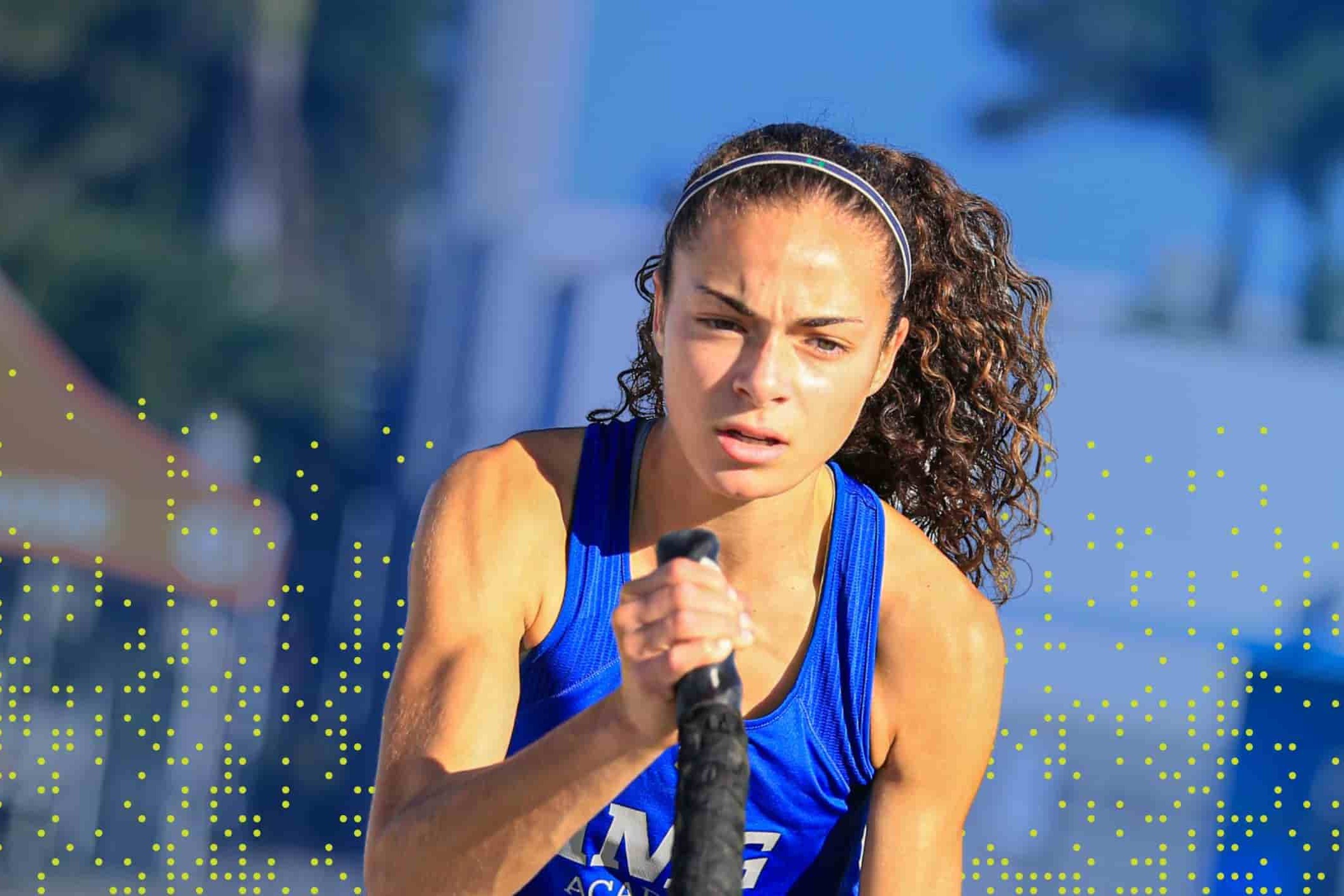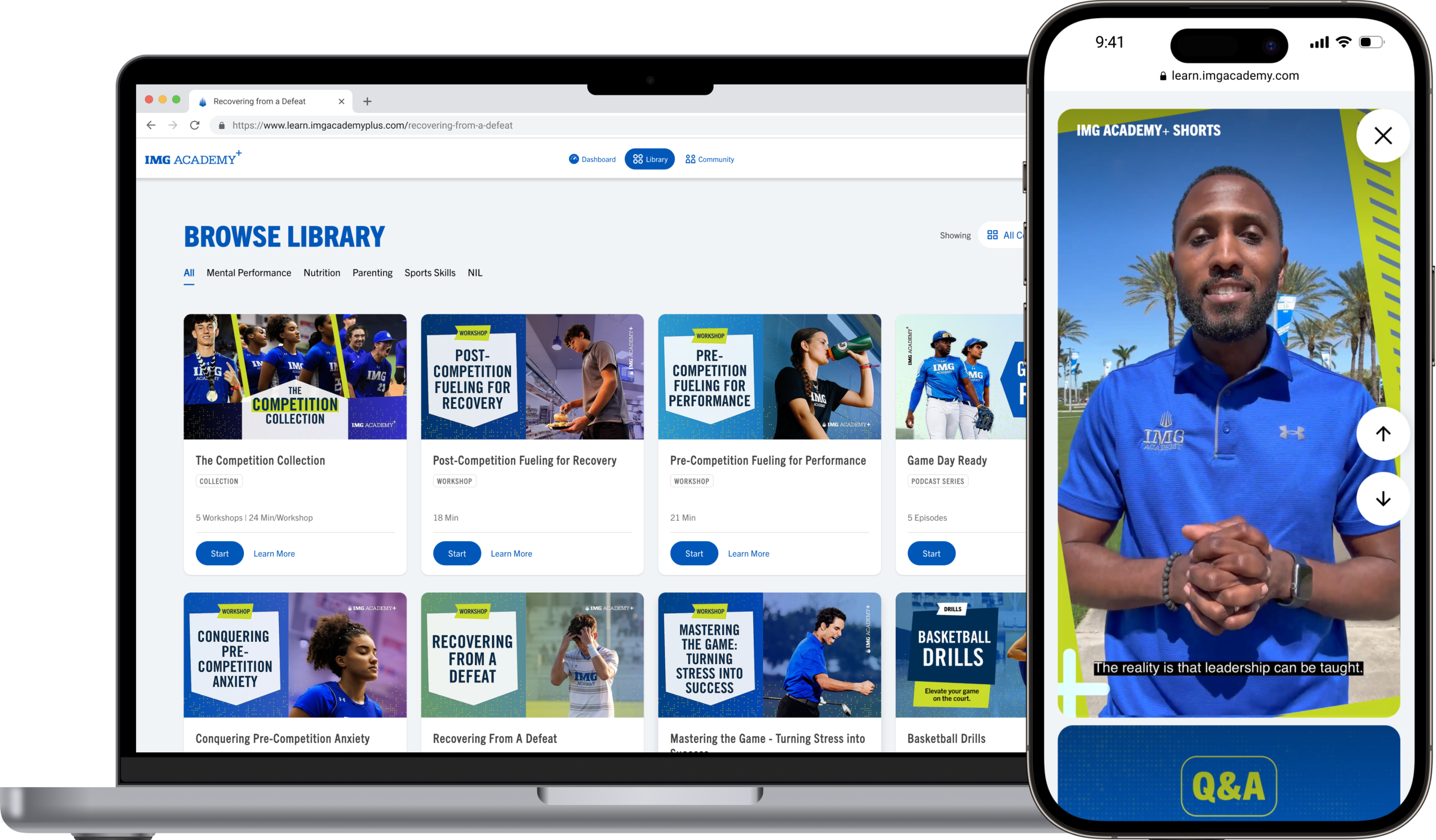How to Fuel Your Body: Performance Plate Tips for Athletes


As an athlete, what you put on your plate is just as important as the time you spend training. The Performance Plate formula is a simple yet powerful tool to help you build balanced meals that fuel your body for training, competition, and recovery. When you eat right, you set yourself up for peak performance both on and off the field.
What Is the Performance Plate Formula?
The Performance Plate formula is a flexible, visual guide to help athletes plan meals based on their training demands. It emphasizes the balance of macronutrients (carbohydrates, protein, and fats), micronutrients (vitamins and minerals), and hydration to optimize energy, recovery, and overall performance. The formula typically adapts to the intensity and duration of physical activity.
Each component plays an important role in supporting your energy, recovery and overall performance. You can divide your plate into the following proportions: 35% grains and starches, 35% fruits and veggies, 25% protein and 5% healthy fat.
Training Intensity Drives Plate Composition
Rest or Light Days: Focus on recovery and nutrient-dense foods like vegetables and lean proteins since energy expenditure is lower.
Moderate Days: Increase carbohydrates to fuel moderate-intensity workouts.
Hard/Competition Days: Prioritize carbs to sustain energy and delay fatigue, with sufficient protein to aid in muscle repair.
Visual Portioning Simplifies Nutrition
The plate is divided into sections:
Vegetables and Fruits: Provide vitamins, minerals, antioxidants, and fiber to support recovery and immune function.
Protein: Repairs muscles and supports growth.
Carbs (Whole Grains/Starchy Foods): Serve as the main energy source, with quantities adjusted based on activity level.
Healthy Fats: Support overall health, hormone function, and energy when needed.
Adapts to Individual Preferences
You can swap ingredients to match cultural foods, dietary restrictions, or personal likes/dislikes while maintaining balance.
For example, a vegetarian athlete might choose tofu instead of chicken, or an athlete on the go could use whole-grain wraps for their carbs.
Focuses on Timing
Meals are planned around training times to maximize energy and recovery. For example:
Pre-workout: A plate heavier on carbs and moderate in protein for energy.
Post-workout: Protein and carbs take center stage for recovery and glycogen replenishment.
Why the Performance Plate Formula Works
The performance plate formula works because it balances short term performance goals with long term health needs. It ensures that your body gets what it needs to perform and recover. With the right nutrients at the right time. With the Performance Plate formula, fueling your body for success becomes simple and effective. The key to success with the Performance Plate Formula is consistency and paying attention to how your body feels. It’s not a rigid diet but a flexible guide to help athletes eat with purpose, fueling better training sessions and faster recovery.
Fuel smart and own the competition!

Brooke is a registered dietitian and board-certified sports nutrition specialist with extensive experience in professional sports. Throughout her career, she has dedicated herself to enhancing the performance and recovery of elite athletes and teams. Brooke excels at translating complex nutrition science into actionable strategies, offering personalized guidance on training and competition fueling, travel nutrition, meal prepping, and supplementation. She holds a Master of Science in Nutritional Sciences from Cal State Long Beach and a Bachelor of Science in Nutrition & Dietetics from the University of New Mexico, where she also competed as a Division 1 soccer athlete.
Don't miss out on more resources. Explore IMG Academy+ Essentials.
IMG Academy+ Essentials
